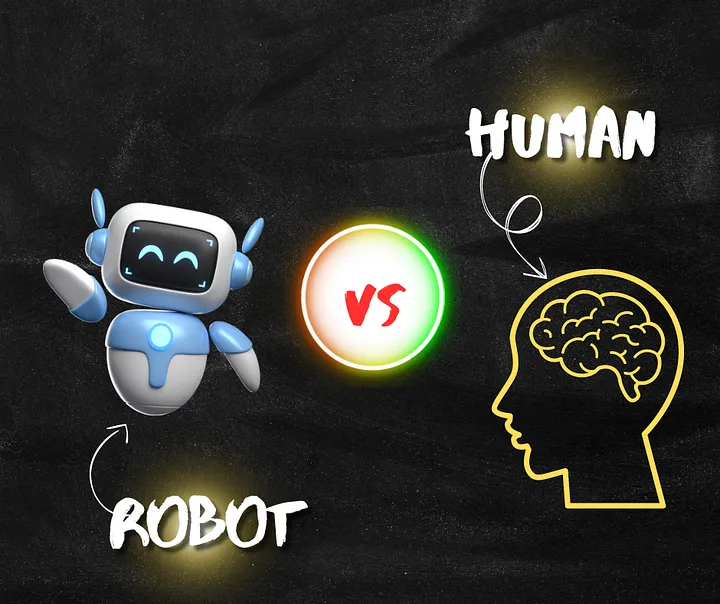Exploring the Next Wave of Fintech Innovations
As you navigate the rapidly evolving landscape of financial technology, you’re likely to encounter a myriad of innovations that are transforming the way you manage your finances. From decentralized finance (DeFi) to embedded finance, these advancements are not only making financial services more accessible but also more efficient and secure. In this article, we’ll delve into the latest fintech trends, focusing on how they can enhance your financial experience and what you can expect from the future of financial technology.
Understanding Fintech Innovations
Fintech, short for financial technology, refers to the integration of technology into financial services to improve their delivery, efficiency, and accessibility. Over the years, fintech has evolved significantly, impacting various aspects of finance, including payments, lending, and investments.
Key Fintech Trends
Here are some of the key fintech trends that are shaping the future of financial services:
- Decentralized Finance (DeFi): DeFi uses blockchain technology to create decentralized financial systems. It allows for peer-to-peer transactions without the need for intermediaries like banks. DeFi applications include lending platforms, decentralized exchanges, and stablecoins.
- Embedded Finance: Embedded finance integrates financial services into non-financial products and services. For example, companies like Uber and Amazon offer financial services directly within their platforms, making it easier for users to access loans or make payments.
- Artificial Intelligence (AI) in Finance: AI is being used to enhance customer service, detect fraud, and provide personalized financial advice. AI-powered tools can analyze vast amounts of data to offer insights that help in making informed financial decisions.
- Biometric Payments: Biometric authentication, such as facial recognition or fingerprint scanning, is becoming increasingly popular for secure and convenient transactions.
Exploring DeFi 2.0
DeFi 2.0 represents the next generation of decentralized finance, addressing some of the limitations of its predecessor. Here are some key features of DeFi 2.0:

Key Features of DeFi 2.0
- Protocol-Owned Liquidity: Unlike DeFi 1.0, which relied heavily on user-provided liquidity, DeFi 2.0 platforms maintain their own liquidity pools. This approach ensures that the ecosystem remains stable even when user participation fluctuates.
- Dynamic Staking and Bonding Mechanisms: These mechanisms are designed to align incentives for all participants, promoting a more sustainable and equitable ecosystem. They encourage users to contribute to the platform’s liquidity and stability.
- Enhanced User Interfaces: DeFi 2.0 platforms focus on creating user-friendly interfaces that are accessible to a broader audience. This includes simplifying complex financial processes and providing clear instructions for new users.
- Treasury-Backed Mechanisms: These mechanisms use treasury funds to support protocol operations, ensuring that the platform can maintain stability even during market downturns.
- Built-in Security Measures: DeFi 2.0 platforms often include built-in security measures such as insurance funds and self-regulating contracts. These features protect users from potential losses due to smart contract vulnerabilities or market volatility.
- Layer 2 Scaling Solutions: Technologies like rollups and sidechains are used to improve scalability by processing transactions off the main blockchain. This reduces transaction costs and increases the speed of transactions.
- Cross-Chain Interoperability: DeFi 2.0 enables seamless interactions across multiple blockchain networks, enhancing user accessibility and expanding the reach of decentralized applications.
- Integration of Real-World Assets (RWAs): Tokenizing real-world assets like bonds, real estate, and commodities brings these assets into the decentralized finance ecosystem, offering new investment opportunities and increasing liquidity.
- Community-Driven Governance: DeFi 2.0 emphasizes decentralized governance models that empower communities with more decision-making power. This approach fosters inclusivity and ensures that the platform aligns with the needs of its users.
- Self-Repaying Loans and Insurance Mechanisms: These features reduce financial risks for users by providing protection against impermanent losses and ensuring that loans can be repaid automatically under certain conditions.
How Fintech Innovations Benefit You
Fintech innovations, including DeFi 2.0, offer several benefits that can enhance your financial experience:
- Increased Accessibility: Fintech makes financial services more accessible by reducing geographical barriers and providing mobile access to banking and investment tools.
- Improved Efficiency: Automated processes and AI-driven insights help streamline financial operations, making transactions faster and more efficient.
- Enhanced Security: Biometric authentication and blockchain technology provide robust security measures that protect your financial data and transactions.
- Personalized Financial Services: AI-powered tools can analyze your financial behavior to offer personalized advice and investment strategies tailored to your needs.
The Future of Fintech
As fintech continues to evolve, you can expect even more innovative solutions that integrate emerging technologies like quantum computing and the Internet of Things (IoT). Here are some trends to watch:
- Quantum Computing in Finance: Quantum computing has the potential to solve complex financial problems much faster than current systems, enhancing risk management and portfolio optimization.
- IoT in Financial Services: IoT devices can provide real-time data that helps in making informed financial decisions, such as tracking supply chains or monitoring asset performance.
- Central Bank Digital Currencies (CBDCs): CBDCs are digital versions of fiat currencies issued by central banks. They could revolutionize the way money is distributed and used, offering faster and more secure transactions.
Conclusion
The next wave of fintech innovations is poised to transform the financial landscape, offering more efficient, accessible, and secure services. Whether you’re interested in DeFi 2.0, embedded finance, or AI-driven financial tools, these advancements can help you manage your finances more effectively.
As you explore these fintech innovations, consider how they can enhance your financial strategy. Whether you’re a seasoned investor or just starting out, staying informed about the latest trends can help you make better financial decisions. Here are some steps you can take:
- Stay Updated: Follow fintech news and blogs to stay informed about the latest developments.
- Experiment with New Tools: Try out fintech apps and platforms to see how they can fit into your financial routine.
- Engage with Communities: Join online forums or social media groups to discuss fintech trends with others and learn from their experiences.
By embracing these innovations, you can unlock new opportunities for financial growth and stability in an ever-evolving financial world.
Additional Resources
For those interested in diving deeper into fintech and DeFi, here are some additional resources:
- Books: “The Fintech Book” by Susanne Chishti and Janos Barberis provides a comprehensive overview of fintech.
- Courses: Online platforms like Coursera and edX offer courses on fintech and blockchain technology.
- Podcasts: Podcasts like “The Fintech Podcast” and “The DeFi Podcast” offer insights from industry experts.
These resources can help you gain a deeper understanding of fintech innovations and how they are shaping the future of finance.


